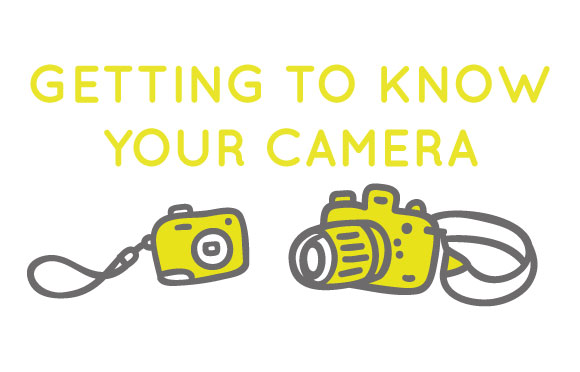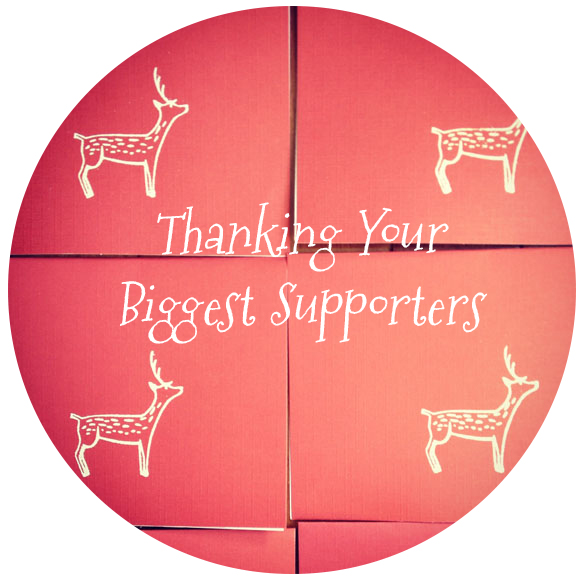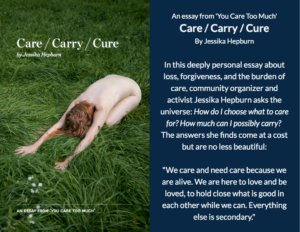Hello OMHG community! I’m Rachel Alison, and I work as a video professional doing branding, launches, trailers, and the like. Jessika had said that a post with tips for bloggers and entrepreneurs on how to make better online videos might be handy. To be honest, to break it down with any depth at all would require 3-4 posts at least. I thought instead it might be handy to … [Read more...] about {Tutorial} Getting to Know Your Camera
Branding
Build Your 2014 Buyer’s Packet & Get Ready for Wholesale!
I’ve been a maker for ten years now and the things I’ve learned along this journey could fill enough volumes to start my own library. Upon reflection, I suppose I have started my own library of sorts via my consulting company. I like to think of it as an entrepreneurial toolbox: an answer to all the times I wish I had a program or service or mentor to help me jump business … [Read more...] about Build Your 2014 Buyer’s Packet & Get Ready for Wholesale!
How Quilting is Like Creative Web Design
I used to spend a huge amount of my time designing and coding websites. I found that when my creative web design company, Aeolidia, grew enough that I was in a management role and could no longer do client work myself, I needed a replacement creative activity. Today I'm taking a break from my usual all-business posts here to show you something just for fun. My son was almost … [Read more...] about How Quilting is Like Creative Web Design
Thanking Your Biggest Supporters
The holidays are a busy time for most of us – the hustle and bustle and cheer of preparing for our own celebrations, plus meeting deadlines and filling holiday shopper customer orders. We often think a lot about meeting our customer’s needs. How can we give them a positive shopping experience and make them happy? How can we encourage them to buy again? What are they most … [Read more...] about Thanking Your Biggest Supporters
Social Media Branding for Indie Biz: Facebook
Photo Credit Here's what we've covered in this branding mini-series thus far: YouTube, Twitter, Pinterest, and Google+. Which means today it's time to tackle the mother of all social media (so far as branding is concerned): Facebook. It's oddly appropriate that we're talking Facebook during Halloween week, because it can be a bit scary: there are just so many visual … [Read more...] about Social Media Branding for Indie Biz: Facebook






